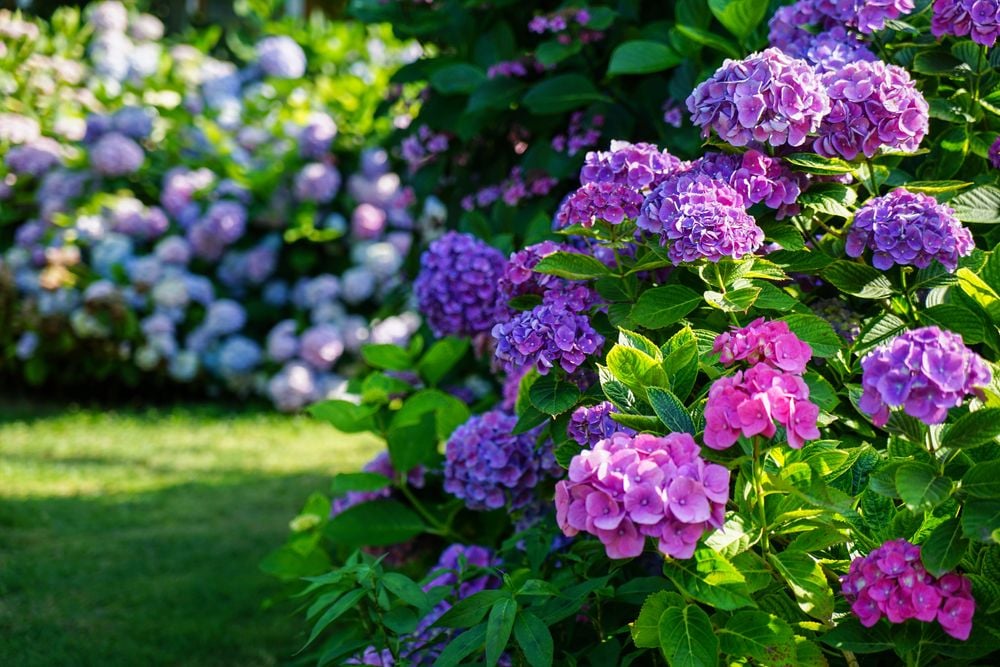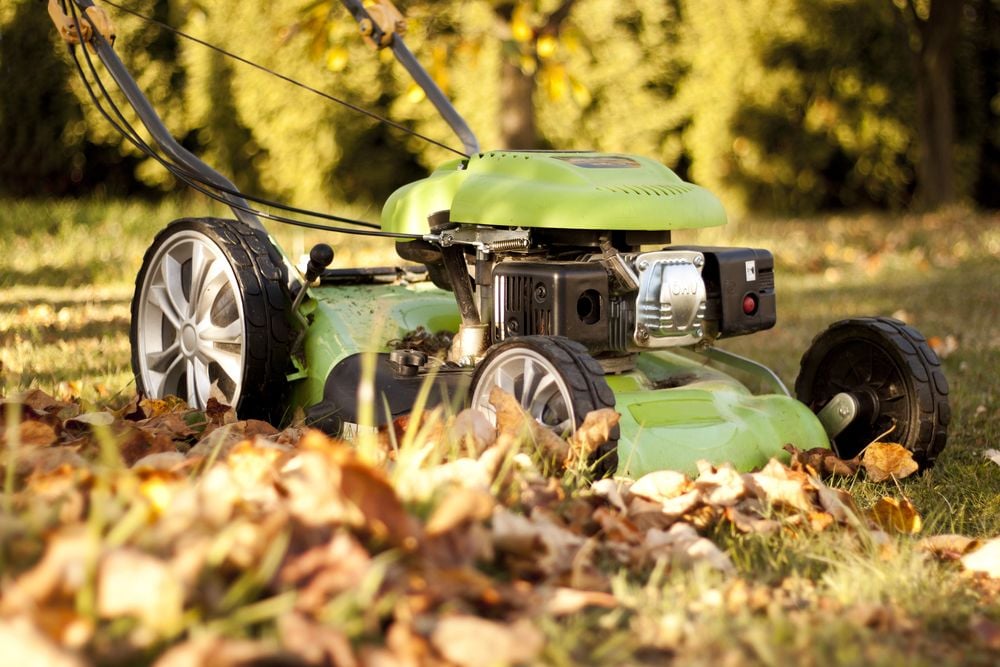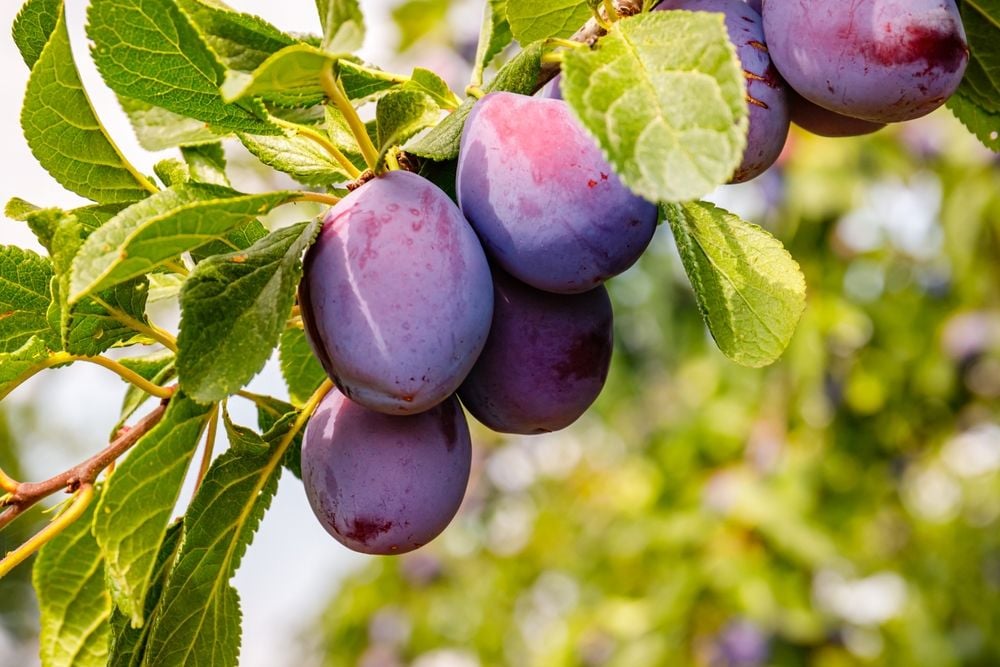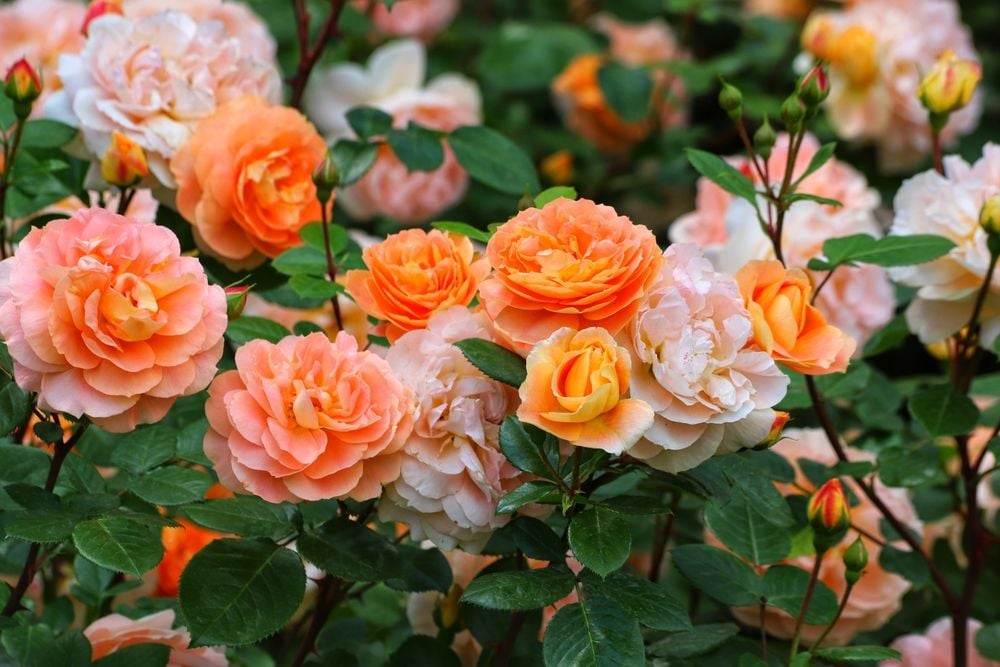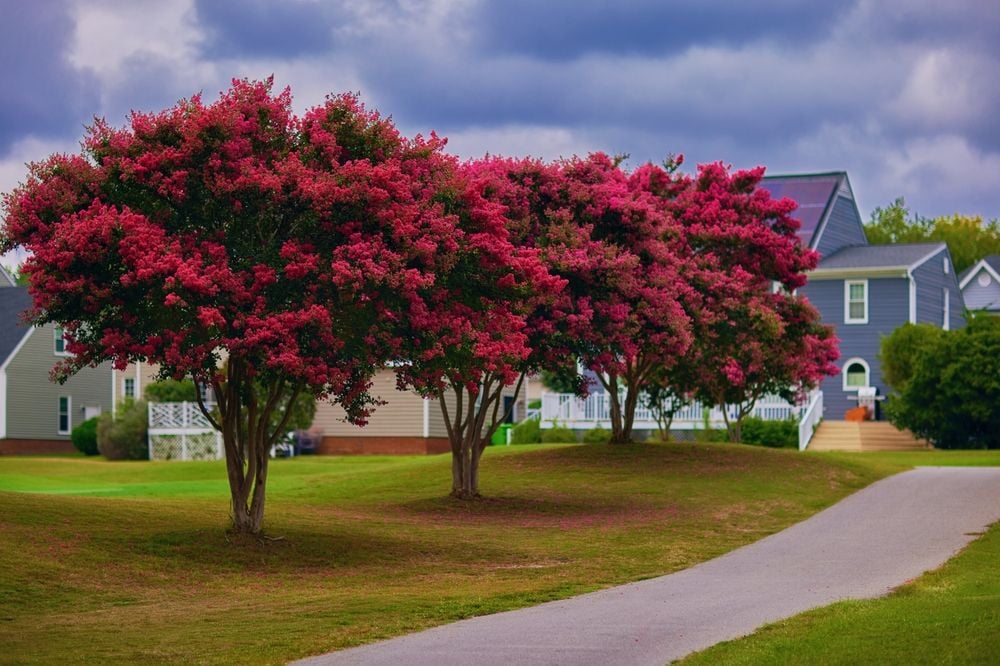
The Ultimate Guide to the Perfect Hydrangea Soil
- Sep 18, 2025
Hydrangeas have transformed many front yards, backyard gardens, and container gardens with their large, vibrant blooms. Their popularity among gardening enthusiasts comes as no surprise. However, to keep these perennial plants healthy, the quality of their soil proves imperative. We've collated advice from gardening gurus to help you create the ultimate soil conditions for your hydrangeas.
To yield the best results, hydrangeas should be planted in soil that is moist, organic-rich, and drains well. The ideal pH value, interestingly, depends on the species of hydrangea you're growing. For most types, hydrangeas tend to favor slightly acidic conditions, hence, a pH value between 6 and 7 is considered ideal. In the case of some specific types like Hydrangea macrophylla, a slightly more acidic pH between 5.5 and 6.5 can stimulate blue flowering, according to Linda Langelo, horticulturist specialist at Colorado State University Extension.
Container-grown hydrangeas can add aesthetic value to your patio, balcony, or container garden. The soil requirements for hydrangeas planted in pots and containers resemble those grown in-ground; they thrive in nutrient-rich soil that drains well. Mary Woolman, woody ornamental and edible product manager for Star Roses and Plants, suggests that a mixture of "equal parts of sand, silt, and clay" should work wonders. However, ensure your pot or container has a drainage hole at the bottom to prevent water retention.
Interestingly, Woolman advises that choosing native varieties of hydrangeas could make them more adaptable to your backyard soil.
If your soil conditions seem unfavorable for growing hydrangeas, you can enhance its organic matter content and better its drainage capacity, making it conducive for these perennials.
Langelo stresses the importance of a soil test before implementing any enhancements. The test would reveal essential data on pH, soil structure, nutrient content, and salinity levels of your soil. "The laboratory test can propose solutions to amend the soil and maintain the health of your hydrangeas," she says. Once you understand your soil's composition, Woolman states that you can then supplement what it lacks.
Regardless of whether you're planting your hydrangeas in the ground or in a container, well-drained soil is vital. While hydrangeas prefer moist conditions, continuously wet surroundings can encourage root rot and fungal diseases. Woolman suggests adding sand or very tiny rocks to your soil if it fails to drain water within 24 hours.
Adding coconut coir to your garden or potting soil could enhance structure, promote aeration, and optimize nutrient absorption. According to Langelo, a 1:1 ratio of soil to coconut coir should suffice. Coconut coir is easily available online or can be bought from a local plant nursery.
Sphagnum moss, another popular soil amendment, contributes to water retention and enhances soil aeration. Langelo advises against using more than 30% sphagnum moss to avoid it hardening "like cement" during extended dry spells leading to uneven moisture distribution across the soil. She emphasizes, "Supplemental watering for hydrangeas is required to maintain the sphagnum moss’ soft texture."
Hydrangeas appreciate consistent moisture levels in their soil. Mulching deters quick soil drying and suppresses weed growth. Langelo votes for either pine bark or pine needles as the best mulch options for hydrangeas. "They decompose slowly and gradually increase the soil acidity," she explains. "They also suppress weed growth and retain soil moisture." Decomposed fall leaves can also serve as effective mulch, infusing the soil with nutrients and enhancing its capacity to retain moisture.
